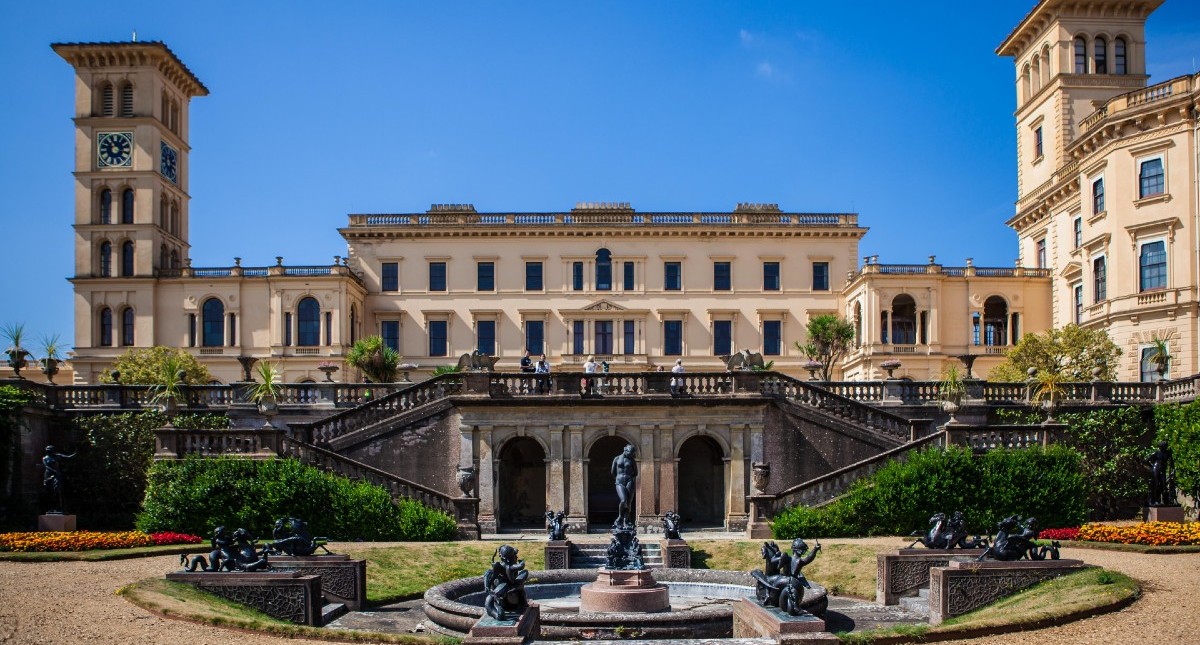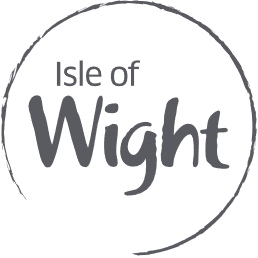My earliest memory of the Isle of Wight was when my parents retired to the west of the Island in the late 1980s and on my first visit, I was amazed at how different the Island was to my hometown. I thought that the tiny shops on Avenue Road in Freshwater and the ancient town of Yarmouth, with its narrow lanes and Black Hand out of the Town Hall window, could have leapt from the pages of The Ladybird Book of Quaint Towns and Their Customs.
Several years later my partner and I were looking to change jobs and our thoughts turned to moving. The Island became an opportunity to live near my parents, and we settled in East Cowes, having decided it was the most interesting town on the Island. My partner, a teacher, enjoyed the challenge of her new school and I worked at West Island Printers in Freshwater. East Cowes has got such a good community feel and there is so much history attached to the town that there is always something new to find out.
Our favourite short walk would have to be taking our dog out every morning to walk along the Esplanade at East Cowes. Being only a few minutes from our door it means we see the changes of seasons, the wild seas and calm waters are filled with all kinds of vessels from tankers and cruise ships, to sailing training groups and warships. The summers of oystercatchers and egrets make way for the winters of turnstones and Brent geese.
During my lunch breaks over in Freshwater I would use the opportunity to walk along the old railway line to the Causeway. In the summer it was packed with wildlife. I would see kingfishers, sparrowhawks and lizards. Herons and redshanks stalked the reeds where the swans made their nests. The hedges provided me with my very first sightings of bullfinch, stonechats and the elegant black redstart.
I have always loved a cemetery or a graveyard and I think I have visited most on the Island. A quiet walk around the memorials is one of my favourite pastimes. Autumn and winter are good times to visit as the sun is low and the grass is short making the reading of inscriptions easier.
There are so many stories to take in and seeing the differing styles of memorials and their symbolism over the centuries makes you appreciate the skills of the stonemasons. My favourite grave marker is in Northwood Cemetery; a terracotta memorial made at the Watts Pottery.
.jpg)
In my fitter days, the walk from Freshwater Bay up Tennyson Down towards the Needles would be my favourite ‘long walk’. The view from the monument gives a real sense of living on an island. My favourite view is also in the West Wight, looking along the line of the Military Road and seeing the cliffs at Freshwater Bay in the distance is always a joy.
For the Isle of Wight Walking Festival this year I hosted a series of walks focused on ‘Queen Victoria’s Famous Visitors’.

The way that East Cowes and its surroundings are intertwined with Queen Victoria’s legacy made my partner come up with the idea that the town could highlight many of the 19th Century’s most famous people who came here to visit the Queen and travelled up the road from the river to Osborne House.
Initially we thought a line of sculptures of the most famous striding up York Avenue would work but that became a lottery-funded dream!
Fast forward to 2019 and the 200th anniversary of Victoria and Albert’s birth. Our local council was looking to fund a project in the town which would be a permanent feature of East Cowes. The sculpture trail became ‘Queen Victoria’s Town Trail’. Specially made stones set in the pavement mark 22 visitors to the Queen and a booklet and website tell their stories.
When we launched the trail, we had visitors from Coburg in Germany and descendants of Abdul Karim to do the first walk guided by myself. Further walks were planned but were halted due to the pandemic.
The Isle of Wight Walking Festival provided me with the opportunity to promote the walk again and was also an excuse to dress up as a Victorian workman to lead groups and tell the stories!
Each name on the walk was researched with the help of the East Cowes Heritage Centre, trawling local history books and extensive use of the internet. Osborne House provided a list of some names and we found others, sometimes by chance.
The process took about 18 months and I think we have a good selection of names, both famous and unusual, to provide interest to anyone embarking on the walk themselves.
During the festival I added further details to each name and included more recently discovered characters and local landmarks, but you can get all the important information from a booklet available at East Cowes Heritage Centre. If visit the website http://victoriantrail.co.uk, which is free to use.
You can do the walk at any time of the year … and it’s always enjoyable.



 to add an item to your Itinerary basket.
to add an item to your Itinerary basket.





.png)

